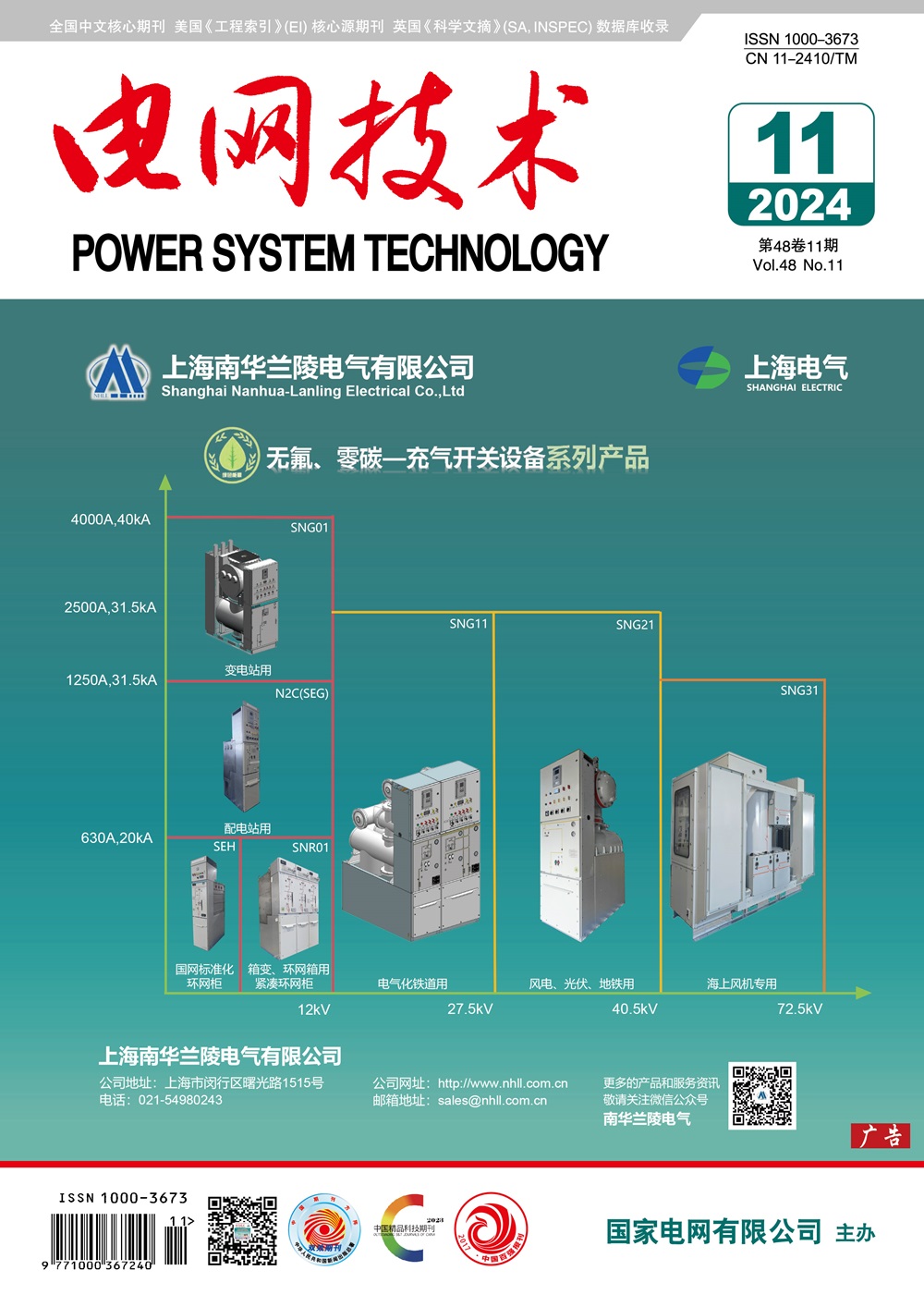智力资本对体育联合会组织绩效影响的结构方程模型。
Q1 Engineering
引用次数: 0
摘要
本研究试图通过结构方程模型来考察智力资本对体育联合会组织绩效的影响。研究方法为相关和调查法。研究对象包括所有体育协会。通过摩根表和随机抽样法抽取了 242 个样本。研究采用 Bontis(2007 年)的智力资本问卷和 Yang(2004 年)的组织绩效问卷作为测量工具。调查的有效性由 8 位体育管理专业的教授验证。研究问卷的信度采用 Cronbach's alpha 系数进行评估,相关问卷的信度值分别为 0.83 和 0.91。数据分析采用了皮尔逊相关检验和结构方程模型。GFI 指数为 0.95,AGFI 指数为 0.96,NFI 指数为 0.97,CFI 指数为 0.95,RMSEA 指数为 0.031,均表明结构方程模型符合要求。研究结果表明,智力资本(贝塔系数为 0.63)是预测组织绩效的可靠指标。总体研究结果表明,知识资本及其各个组成部分在公司内部的增强提高了员工绩效。DOI: https://doi.org/10.52783/pst.283本文章由计算机程序翻译,如有差异,请以英文原文为准。
Structural Equation Modeling of the Impact of Intellectual Capital on the Organizational Performance of Sports Federations.
The present study seeks to conduct a Structural equation modeling to examine the impact of intellectual capital on the organizational performance of sports federations. The method is correlational and survey. The population consists of all sports federations. A sample of 242 individuals were selected by Morgan's table and the random sampling method. The research utilizes Bontis' (2007) intellectual capital questionnaire and Yang's (2004) organizational performance questionnaire as measurement tools. The surveys' validity was verified by 8 professors specializing in sports management. The reliability of the research questionnaires was assessed using Cronbach's alpha coefficient, yielding values of 0.83 and 0.91 for the relevant questionnaires. The data analysis employed Pearson's correlation test and structural equation modelling. The GFI index of 0.95, AGFI index of 0.96, NFI index of 0.97, CFI index of 0.95, and RMSEA index of 0.031 all suggested that the structural modelling fit. The findings indicated that intellectual capital, as evidenced by a beta coefficient of 0.63, was a reliable predictor of organizational performance. The overall findings indicate that the augmentation of intellectual capital and its various components within the firm resulted in improved employee performance.
DOI: https://doi.org/10.52783/pst.283
求助全文
通过发布文献求助,成功后即可免费获取论文全文。
去求助
来源期刊

电网技术
Engineering-Mechanical Engineering
CiteScore
7.30
自引率
0.00%
发文量
13735
期刊介绍:
"Power System Technology" (monthly) was founded in 1957. It is a comprehensive academic journal in the field of energy and power, supervised and sponsored by the State Grid Corporation of China. It is published by the Power System Technology Magazine Co., Ltd. of the China Electric Power Research Institute. It is publicly distributed at home and abroad and is included in 12 famous domestic and foreign literature databases such as the Engineering Index (EI) and the National Chinese Core Journals.
The purpose of "Power System Technology" is to serve the national innovation-driven development strategy, promote scientific and technological progress in my country's energy and power fields, and promote the application of new technologies and new products. "Power System Technology" has adhered to the publishing characteristics of combining "theoretical innovation with applied practice" for many years, and the scope of manuscript selection covers the fields of power generation, transmission, distribution, and electricity consumption.
 求助内容:
求助内容: 应助结果提醒方式:
应助结果提醒方式:


